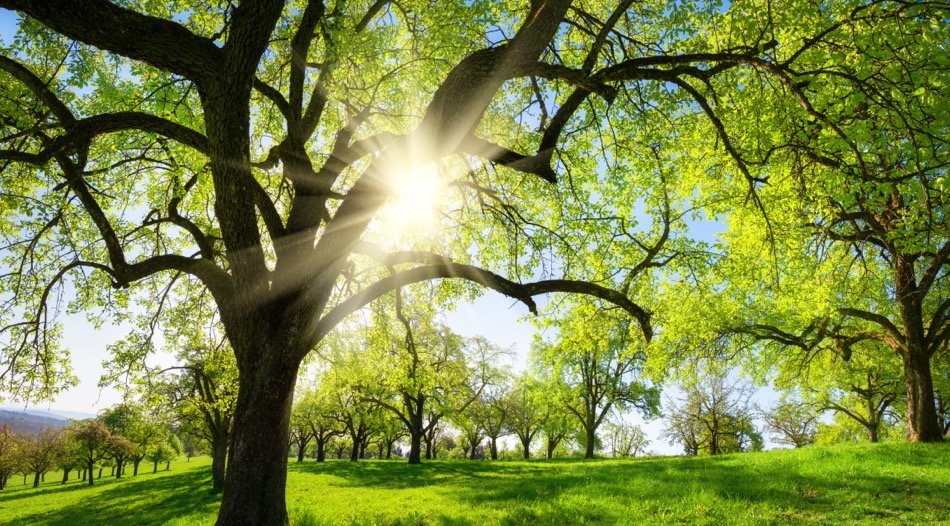5 Trees You Shouldn’t Plant in Your Yard
Posted by EdmontonRealEstate .ca on Monday, November 18th, 2019 at 9:20am.
 A tree can be a great addition to a Central Edmonton homeowner's yard or garden, but planting a tree at random can be a big mistake. A tree may be pretty, but it can potentially have problems, which can negatively affect the value of a home. There are many of these bad trees homeowners plant in their yards without realizing it. Here are some of the most common problem trees homeowners plant in their yards.
A tree can be a great addition to a Central Edmonton homeowner's yard or garden, but planting a tree at random can be a big mistake. A tree may be pretty, but it can potentially have problems, which can negatively affect the value of a home. There are many of these bad trees homeowners plant in their yards without realizing it. Here are some of the most common problem trees homeowners plant in their yards.
Chinese Tallow Trees
Chinese tallow trees, sometimes called popcorn trees because of their flowers, look like popcorn kernels. The Chinese tallow tree is an invasive species, but they became popular ornamental trees because the grow to be an average of 20 feet tall. Chinese tallow trees threaten native species because they’re resistant to drought, so where other trees die out, the Chinese tallow survives and establishes itself in the area. Chinese tallow trees are also dangerous because they’re toxic. If a human or cattle eats the leaves or flowers, it will induce severe nausea and vomiting.
Black Walnut Trees
It’s a bad idea to plant a black walnut tree in a yard for several different reasons. First, black walnut trees produce toxins, which can kill any other plant in the same area and make it difficult to grow a garden. Second, every year, black walnut trees grow inedible walnuts. All throughout the summer and fall, the tree will drop the walnuts into the lawn. Homeowners can trip on the walnuts, or they can get lodged in lawn mowers. Black walnut trees are loved by squirrels, but home buyers try to avoid homes with them.
Ash Trees
On their own, there’s nothing wrong with ash trees. They’re sturdy and durable, which are good traits to find in trees. However, the reason they have a bad reputation is because of the emerald ash borer, an insect specifically seeking out ash trees and destroying them. They do this by eating the inner bark of the trees, which disrupts the tree’s ability to transport water and nutrients, and killing it. Homeowners can treat their ash trees to help prevent them from being killed by the emerald ash borers, but it’s still only 85-95% effective.
Silver Maple Trees
Maple trees are popular choices for yards. They’re inexpensive and don’t require very much maintenance, which makes them appealing for homeowners. However, silver maple trees have brittle wood, which breaks easily and can be dangerous during strong wind storms. The silver maple also has an extremely strong root system. The roots can crack cement and asphalt, causing damage to a home’s foundation or driveway. They can also grow to be more than 110 feet tall.
Weeping Willow Tree
Weeping willows are also sometimes known as golden weeping willows. These trees are beautiful and easy to identify because of their unique shapes. Weeping willows get a lot larger than most homeowners expect. The typical range is anywhere from 75-100 feet tall, and they grow 3-4 feet every year. They’re also very messy trees, and they will drop no shortage of leaves and twigs onto a lawn, which can be inconvenient for the homeowner. They’re also prone to more pests and diseases than other trees, such as black canker and gypsy moths.
Adding a tree to a yard can be a great way to give it some character and increase your home's curb appeal. However, homeowners need to remember not all trees are good. These are just some of the different trees homeowners should avoid when choosing a tree, and they should do their research when deciding on a species.

